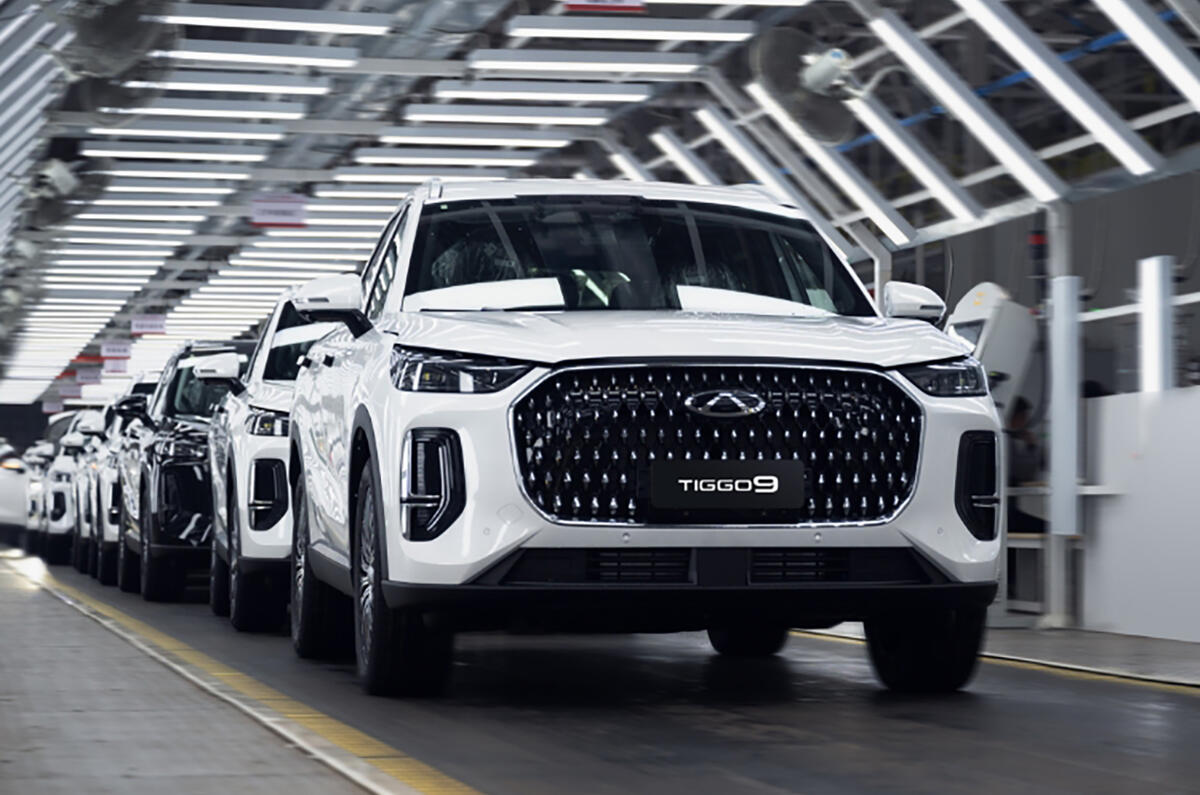Chery is focused on healthy, sustainable growth in the UK before it commits to opening a factory here to build cars.
With the launch of its Jaecoo and Omoda brands in recent months, Chery has quickly built a 1.5% market share in the UK. It already has more than 70 dealers in the UK and plans to almost double that by the end of 2026.
Chery’s UK country director, Victor Zhang, has previously left the door open for UK facilities, including production, in the future and new Omoda and Jaecoo UK CEO Gary Lan said UK production is “the final destination” for the company in the UK.
Speaking at the FT Future of the Car summit in London, Lan did not put a date on when that might occur and instead emphasised that “stable and healthy growth” is instead the focus and, if it goes well, that will lead to the potential for a factory being opened to build its cars here.
The key for that in the short term is ensuring the residual values of its vehicles are strong so as not to undermine profitability. The next logical step would be local engineering of its products and an UK R&D centre, and subsequently local production.
“The UK is very unique,” said Lan. “We need to make sure our goals in the UK are healthy and sustainable. Hurting residual values will hurt owners of the vehicles. We will rather take steady and healthy growth.”
Chery is set to further expand in the UK with its Lepas and iCaur brands, as well as Freelander, its joint venture with JLR. While not commenting on specific additional brand launches, Lan said any new brand would be “totally different and very unique between each other” to avoid any overlap.
“From a product perspective, we have enough room for each brand," Lan said. "It’s important to secure the profitability, and also for the network. In the UK, sustainability is success.”
Lan didn’t put any figures on how big Chery wants to be in the UK but insisted that any new brand and model launch will always be with a “in the UK for the UK” strategy in mind. That is “more important than market share” or just being in the market, because simply putting global Chinese models in the market would not lead to success, Lan suggested.










Add your comment